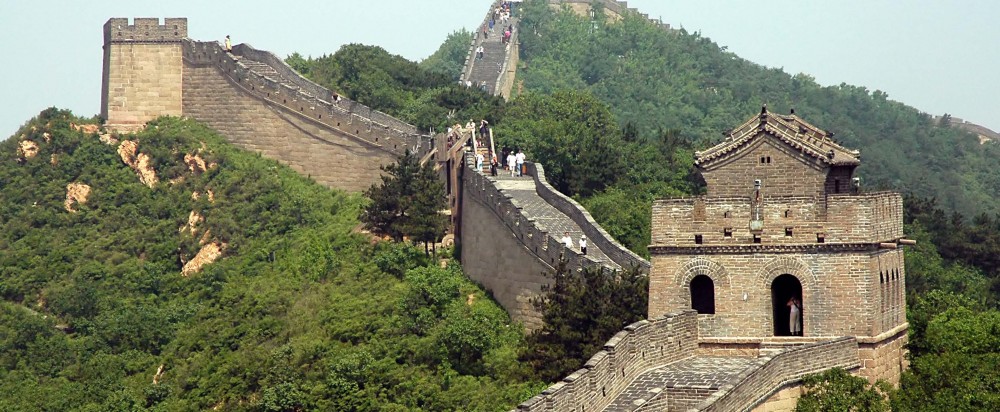The most stringent water resources management will provide a unique opportunity for grand-scale experiments on managing and planning water uses to support the continuous economic development. There are many challenges faced with China’s future water conservancy development. Some paradigm shifts are necessary to ensure the meet of the goals.
Firstly, traditional water conservancy projects had aimed to maximise the economic values. The future water conservancy needs to emphasise maximising the sum of economic and aquatic ecosystem service values. A framework integrating both economic capital and natural capital should be established to assess aquatic ecosystem services, competing uses for freshwaters, and the processes that underpin the long-term protection of freshwaters. Such effort has emerged in some individual cases but a general practice requires a formal institutionalisation of the framework. One recent example was a proposal for the dam construction across the northern end of Poyang Lake, 27 km from the Yangtze River, to guarantee the water supply in Jiangxi Province. This proposal was seriously challenged by a group of prominent Chinese scientists for its detrimental effect on the delicate habitats for some rare aquatic species, including Yangtze finless porpoises. Their appeal reached to Premier Wen Jiabao, leading to a halted approval of the project and a more comprehensive and holistic assessment of pros and cons of the dam construction. This case suggests a necessity for institutionalising the framework to ensure a holistic assessment being conducted for all water conservancy project proposals.
Second, a strong will from the government is needed to prioritise the investment to preserve the intact ecosystems and restore those degraded. The past water conservancy in China has put a massive investment in physical infrastructure, with the primary goal of taming the river flows. The merits of investing in natural conservation are generally overlooked. For example, only around 3.3% of investments in water conservancy went to soil and water protection and ecological recovery projects in 2010. The future water conservancy needs to encourage nature-respected projects. Also important is to shift from merely “keeping the flood away” to “giving the flood way”. To this end, “let rivers and lakes recover themselves”, promoted by the former Chinese president Hu Jintao in early 2008, may be one of the options.
Third, future water conservancy projects need to explicitly consider the shifting patterns of climate change. The existing water projects in China have been designed and operated generally without consideration of climate change. Such a stationary design of projects is fundamentally flawed. Climate change during the past decades has already caused significant alterations of water resources in China. One example is the solid evidence of a drying trend in the Hanjiang River basin (the tributary of the Yangzi River), which is the water source of the Central Route of the SNWTP currently under construction. If such a trend continues, the Hanjiang River would have no spare water for diversion, unless itself receives water transfer from somewhere else first. One adaptive approach to reduce impacts of climate change and maximise operational lifetimes of projects is to build infrastructure in stages as ecological response and climate trends become clear. This requires a shift from pursuing short-term achievements to long-term effective functions of the projects under uncertain future climate conditions.
Last but not least, there is a need for a balanced emphasis on blue water and green water. The traditional definition of water conservancy is confined only to surface and groundwater, or so-called blue water. There is a general neglect of the management of another important water source, green water, which is soil moisture stored in unsaturated soil and eventually used by vegetation through evapotranspiration. The Central Document No. 1 of 2011 paid particular attention to blue water while neglected green water. In reality, green water dominates water use for agriculture by providing over 80% consumptive water use, and for natural ecosystems such as forests and grassland by providing almost all consumptive water use. Given the importance of green water, the future focus of water conservancy should be redirected from a blue-water project perspective toward considering the full water balance as “manageable,” including green-water flow.
The development of Chinese water conservation is in a cross road. With the aspiration of the government to continuously lead the country on the fast track of economic growth and the gradual recognition of the importance of environmental and water protection to support its long-term economic development goal, paradigm shifts in water conservation projects towards harmonizing the needs for humans and nature is essential. The rapid increase in the national wealth and the investment capacity has provided the Chinese government with the financial means to break the new ground. The political will to take the necessary paradigm shifts remains to be made.
